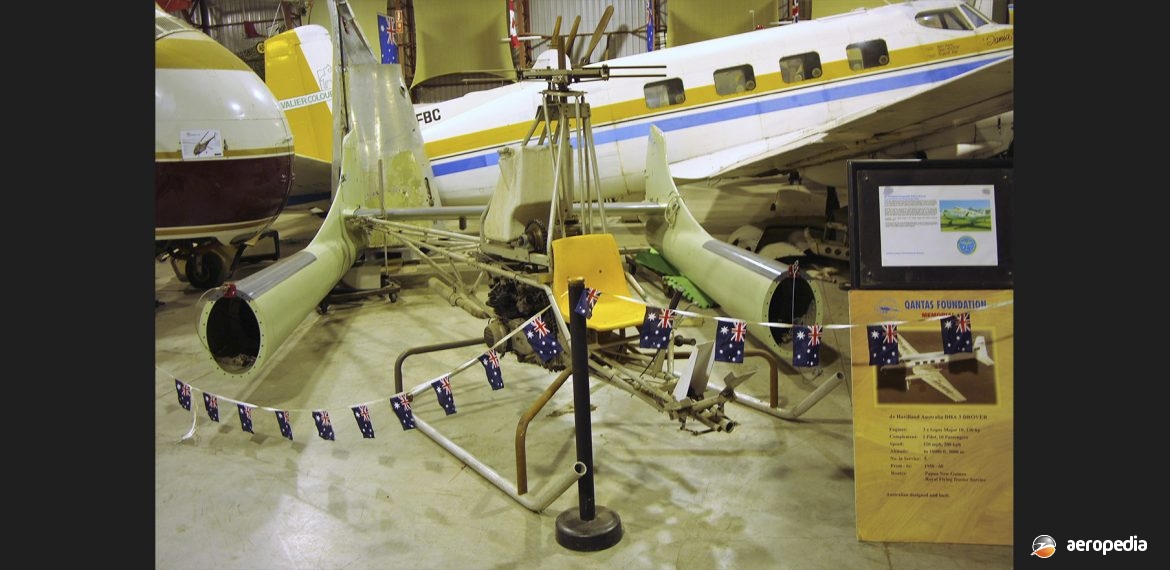Photograph:
Incomplete Skytwister at the Australian Aviation Museum at Bankstown, NSW (David C Eyre)
Country of origin:
United States of America
Description:
Light amateur kit built helicopter
Power Plant:
One 55 kw (74 hp) Rotax 618 two-cylinder, two-stroke, liquid-cooled engine
Specifications:
- Rotor diameter: 6.55 m (21 ft 5 in)
- Length: 4.84 m (15 ft 9 in)
- Max speed: 137 km/h (85 mph)
- Cruising speed: 105 km/h (65 mph)
- Rate of climb: 305 m/min (1,000 ft/min)
- Service ceiling: 2,438 m (8,000 ft)
- Empty weight: 145 kg (320 lb)
- Payload: 181 kg (400 lb)
- Loaded weight: 304 kg (670 lb)
History:
The Skytwister light helicopter was designed in the United States by Neville Walker, a mechanical engineer, and Ronald Northwood, an electrical engineer, as an easy-to-build light single-seat general purpose helicopter fitted with a Rotax engine. Since then it has become available to amateur builders. The type was not made available as a kit but engineering plans were sold by the designers to interested builders. First test flights were made in 1995.
The design stemmed from the Adams Wilson helicopter of 1956 and was initially powered by a 650 cc Triumph Bonneville motor cycle engine. Further examples were built, one with a 750 cc Honda engine employing rotor blades from a Hughes 300 helicopter; and another built by James Hodges of New Jersey which had a Mazda 12-A rotary engine. Benjamin Showers built an example in Pennsylvania and made a number of flights.
The Skytwister had a tubular tail with a two-blade anti-torque tail rotor and a two-blade main rotor. The fuselage was of bolted aluminium and steel airframe, and the type was basically a development of the Adams Wilson “Chopper”. More than 250 examples have been sold around the world.
The first two examples seen in this region were VH-ULH (c/n 001) registered in November 1999, and VH-ELH (c/n 002) completed in early 2000, both fitted with Rotax 618 engines. The Rotax 582LC engine of 48 kw (65 hp) could also be installed. Another airframe was built near Bankstown, NSW but was not completed and was eventually donated to the Australian Aviation Museum at Bankstown in 2014.

